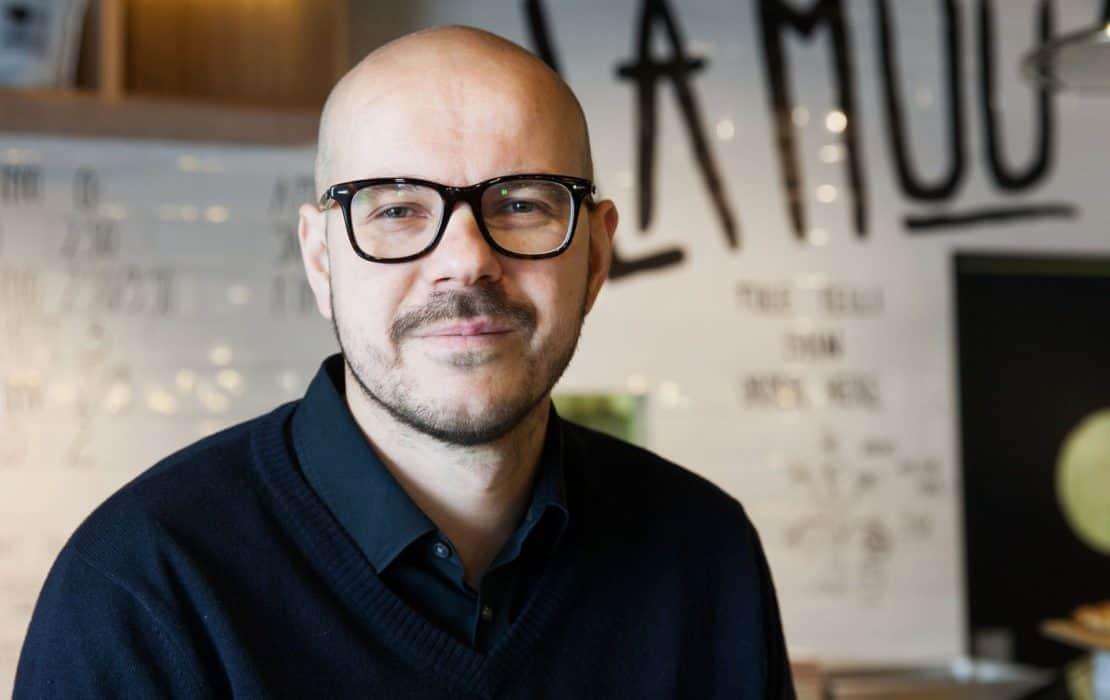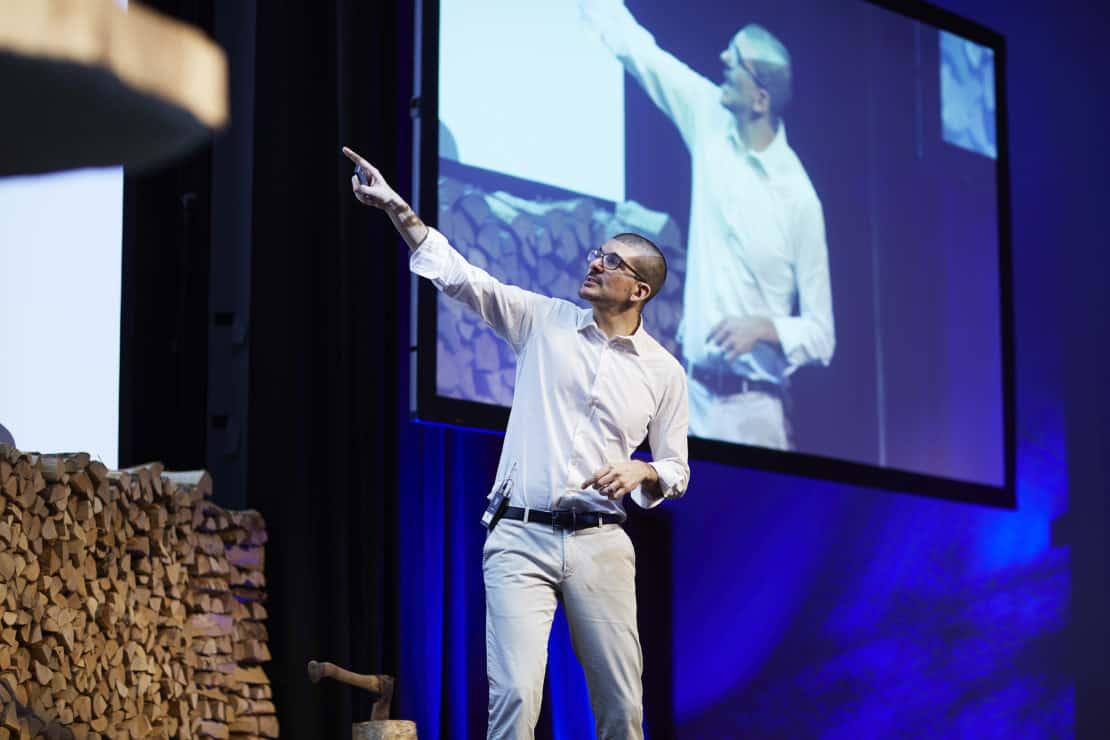16Apr2018
In a rapidly changing world, leaders – not managers – are the people we need to take us into the future.
Management has been around for more than a century, and it has worked well in terms of increasing economic efficiency and productivity. But, in the face of rapid change, the world needs more than management to successfully get through this next stage of unprecedented transformation.
In his presentation at the Nordic Business Forum in Stockholm, bestselling author and entrepreneur Seth Godin talked about the differences between management and leadership, the confusion surrounding them, and why the world needs more leaders.
Godin pulled no punches with the latter, saying: “When the world changes, management always fails because we don’t understand how to go forward.”
He explains that leadership and management are entirely different things. Top-down management arose from the era of Henry Ford and scientific management, where companies created value by getting employees to do the same tasks repeatedly. “And that works… Until it doesn’t,” Godin comments. The world is changing and, according to Godin, we are not going to be able to manage our way out of it. “We are going to have to lead. And leadership is not the same as management.”
He urges people to understand that managers need authority, but leaders take responsibility. To put it another way: managers tell people what to do and expect them to do it, while leaders inspire people to follow them of their own free will. Leadership means solving interesting problems, even if they are not on your agenda. Managers are slaves to their agenda.
Godin points out that the reason why we’ve ended up with management-heavy and leadership-poor business environments is because current education systems were not designed to teach people how to be leaders. He explains that school was a product of industrialization, formed around the need to prepare students to become compliant factory workers. “We don’t educate people. We don’t teach them to solve interesting problems. We don’t teach them to lead,” Godin says. As a result, people developed a fear of failure.
Striving for excellence
The next big misunderstanding has to do with quality. At first thought, we might consider quality as something expensive, fancy, or high-class. But what quality really means, Godin clarifies, is “meeting spec”, living up to expectations, and simply “doing what it is supposed to do”. This is where lean management systems are rooted; quality control at the production line of the Japanese car maker Toyota, for example, is designed to ensure that the company meets the specs. According to Godin, we have already solved the quality problem. We know how to produce well-functioning products at scale that meet the specifications; we should be striving for excellence. Producing something truly great is the only way to build competitive advantage because sophisticated robots, artificial intelligence, and low-paid labor will handle the trivial job of meeting spec and assure quality.
The next big idea is about skills or what many call “soft skills” – things like loyalty, creativity, and trustworthiness. Godin first explains that these “soft skills” should be called “real skills” because these are the characteristics that differentiate a potential employee from a robot. Presenting a lengthy list of desirable traits, Godin questions whether they are skills or attitudes? “It turns out most of them are attitudes because you can just decide,” Godin answers, but quickly continues, “which makes them a skill, because it can be taught.” So, if you don’t have to be a born leader, why is it so difficult to become one? Because you have to decide; you have to put in the effort to learn these skills.
This takes Godin to talk about a fundamental skill of good leaders: decision-making. Godin asks the audience to think of a good decision that they made in 2017.
Then, he asks whether they came up with a good outcome or a good decision. The smiles of realization that spread across the room illustrate his point; not all good outcomes come from good decisions. “We need to learn how to get better at making actual good decisions and not getting hung up on the idea that the outcome is the point,” Godin cautions.
For Godin, there’s a big difference between choices and decisions. Choices don’t really matter. “Vanilla or chocolate? I don’t know,” Godin waves his hands in the air. What Godin means is that when you come to a fork in the road, one thing is clear; you should just take it and not get too hung up on making the choice. It is the decisions about investing our time, money, effort, and trust that actually matter. That’s where you should spend your time — but we are ignoring those decisions “because we are too busy choosing who to follow on Facebook,” Godin states.
The next big idea is that quitting is for winners. According to Godin, there are two times to quit and one time when you should never quit. “You should never quit in the dip,” he says, referring to the time period right after beginning a project, when things suddenly become hard and the excitement starts to wane. You should either quit before you start or quit at the end because you have made it through the dip and it wasn’t worth it.
Refocusing on the idea of innovation, Godin says: “If failure is not an option, then neither is success.” In his experience, effective leadership can help companies navigate this slippery slope. “What leaders do is find processes, what managers do is find roads.” And if we can see in our head that something is possible, we can become responsible for the decisions to achieve our desired results. Once we have become responsible, we can build a process.
Leading the next generation
Godin finishes his talk by painting the bigger picture for the audience. What is the job of a leader? It is to connect and challenge people, to build a culture, and to communicate. Ultimately, it is about taking the world in the right direction.
“Given what you’ve got, the connection to so many people, the trust, the resources, the fact that there’s a roof over your head and there’s a safety net… Given that you’ve got that and there’s this generation coming after us, what are you going to do for them? Where are you going to take them?”
This article is a part of the Executive Summary of Nordic Business Forum Sweden & Norway 2018. Get your digital copy of the summary from the link below.


